There has been a lot of talk on the Hill and across the country about statehood and whether Washington D.C. should receive it. Currently, we have 50 states across the country, each with citizenship rights, representation in the House and Senate, local self-government, and protection from some Constitutional rights like the ones found in the 14th Amendment. The city of Washington D.C. would be the 51st, so why isn’t it yet?
That question is the basis for the current debates on the Hill, and D.C. residents are pushing the issue forward as much as they can, through any means necessary. Activists took to the streets as the House held hearings on the subject. There has never been as much support for this issue in Congress as there is now, and talk about abolishing the filibuster is pushed to simplify the process.
D.C. residents have voted for statehood in the 2016 referendum with an 86% majority, and it wasn’t the first time they’ve been asked to express their opinion through a vote on the matter. So what’s holding the issue back? Let’s first try to understand exactly what all of this discourse means, and we’ll get back to the reasoning later.
The History of the Issue
The idea of statehood for the District of Columbia has had a long time to build momentum. Looking back to the American Revolution, the main complaint had been the Empire’s “taxation without representation”. That slogan has been adopted by D.C. residents as an unofficial motto and is, since 2000, printed on D.C.’s standard license plates. This refers to the obligation of D.C. residents to pay federal taxes while having no voting representatives in Congress.
Now, looking back to how D.C. was created in the first place. Territories from Maryland and Virginia were ceded in 1790 to establish the District of Columbia, the U.S. capital. Those living within the District continued to vote in Maryland and Virginia at the time. However, and this is important for the movement we see today, in 1847, Virginia’s land was returned to the state as it wasn’t considered necessary anymore. So from the original 10-mile wide square, only the territory North and East of the Potomac was left to serve as the nation’s capital.
Congress passed the District of Columbia Organic Act of 1801 to place D.C. under its control. Since then, D.C. residents were no longer considered residents of either Virginia or Maryland. They were left unable to vote for representation in Congress, the Electoral College, and had no right to home rule. Protests ensued, and the slogan “taxation without representation” was reenacted.
After various modifications brought to the local government of Washington D.C. and voting rights, the following is what the residents of D.C. are left with. The right to vote for the presidential elections was granted back only in 1961, and Congress was granted, through the Constitution, exclusive jurisdiction over the District. Regarding the House, D.C. residents only have a non-voting delegate who can only participate in debates and vote in committees, but not for the final passage of a bill in the House. As for the Senate, residents of the capital have no representation. Lastly, the District has the same number of electoral votes as the least populous state when it comes to the president’s and vice president’s election.
The Reasons behind the Demand for Statehood
With over 714,000 residents, D.C. has a larger population than Wyoming and Vermont and almost the same with Alaska and North Dakota. Projections show that Washington D.C. will exceed the population of other states in the following decades and the need for representation grows in importance. People from all over the country live in the capital and while finding realtors in Washington D.C. is easy, getting just representation isn’t.
While there have been proposals in the past for two voting senators and one voting representative (1970s and 1980s), a single voting representative in the House (1990s and 2000s), and a return of the residential and commercial areas of D.C. to Maryland as it happened with Virginia, statehood remains the only viable option. Every past proposal received a negative vote so far, and people continue to demand their rights.
As the Constitution states, the federal district can have a maximum size “not exceeding 10 miles square”. Congress can redefine the District’s borders as it happened in 1847 and shrink its size to only include the U.S. Capitol, Supreme Court, White House, National Mall, and the vast majority of D.C.’s national monuments. This will leave the residential and commercial areas out and free to be included in the new state. Like this, the area left out of the new District of Columbia could be allowed within the Union with the same rights as the other 50 states.
A statehood bill creates a fast track to statehood, unlike a constitutional amendment which can take years. The biggest bonus for the cause if the statehood bill passes is that, once statehood is given, it can not be repealed by a future Congress. Once a new state is formed, the federal government – the District of Columbia – will preserve its independent jurisdiction to a smaller size. The residents living outside of that area will enjoy full citizenship rights through a simple Congress vote as residents of the 51st state. This method respects the same process used for the other 37 territories admitted into the Union after the original 13.
Why Should (or Shouldn’t) D.C become the 51st State
During the previous administration, the Democratic House of Representatives voted for D.C.’s statehood, but the Republican-led Senate and the Republican President made the attempt futile. However, with the current make-up of the administration, the issue has the highest chance of success. But why should D.C. become a state?
Think of the fact that the only Congress representation for D.C.’s growing population is one non-voting delegate in the House! The only representation that those people have as US citizens is their ability to vote for the presidential elections with three Electoral College votes. People often compare D.C.’s situation with that of Puerto Rico, where people can not vote unless they live in one of the states. Puerto Rico is a US territory, but it is not a state in the same sense that Maryland is, for example. They pay most federal taxes, they have American citizenship, a legislative assembly, and a governor. Puerto Ricans can serve in the US Army, but unlike most American citizens, they do not have federal representation. They can only send one politician to Congress to speak on their behalf, but while they can vote in the presidential primaries, they can’t vote for the presidency unless they move to the US. Because the issue’s push isn’t felt as much on the Hill, it’s easier to ignore.
The D.C. issue, however, has political momentum, unlike the Puerto Rico issue, which is why people are pushing it. Arguments concerning the Constitution try to hinder this movement. Still, the Constitution only comments on the size of the District, which is why there is no need for a Constitutional change. In 2020 the House promoted the idea of shrinking the size of the District and creating a new state from the remaining residential and commercial areas surrounding it. As it had been done before with Arlington, VA, there is no Constitutional reason for that option to be inapplicable.
The reason why it didn’t happen was because of the political inclination of D.C.’s residents. The majority of them have Democratic tendencies and sympathies. This means that if D.C. becomes a state, it’s almost certain that it will add two more Democratic seats in the Senate. Equilibrium and Status-Quo share the blame. We have to keep in mind that D.C. isn’t just the Capitol, the National Mall, the White House, and the Supreme Court. Over 714,000 people live and work outside of that small area, and those people are not represented in the Senate or the House, not properly. This can be their chance.
Raise the 51-Star Flag Against Disenfranchisement
In the final days of June 2020, the House voted to grant the District of Columbia its statehood, with 232 votes for and 180 votes against, but the Senate voted against. In late March of this year, right before Congress debated the issue, 51-star flags were lined on Pennsylvania Avenue under Mayor Bowser’s direction. D.C.’s Democratic representative, a non-voting member of Congress, drafted a bill to turn the District into the 51st State and allow its residents’ proper representation in the House and Senate.
Additionally, the events that transpired on January 6th of this year shed light on the federal district’s inability to defend itself. Mayor Bowser was unable to summon the National Guard to aid the Capitol police because of the District’s status as a federal district. Only the President, the Secretary of Defense, and the Secretary of the Army can summon the National Guard to defend D.C.
D.C. Mayor Muriel Bowser addressed a letter to the District’s residents underlining the injustice of taxation without representation and the current political strength behind the issue. “We know: the time for DC statehood is now. The time to end the disenfranchisement of more than 700,000 taxpaying Americans is now.” The statehood issue was morphed into a civil rights issue as the lack of representation is more striking now than it ever was before.
In late April 2021, the House passed a bill for DC’s statehood with the full support of the President and the country rallied behind the support shown. Demonstrations could be seen thousands of miles for DC as people from Alaska, Arizona, and New York waved 51-star flags to show their support for the cause. Now the bill will go through the Senate for the final vote, but until then, many challenges remain. The bill will be voted on later this year.
For this to happen the OK of the House, Senate, and President are needed, if Congress doesn’t complicate things more than necessary. The last time this happened was 1959, with the inclusion of Alaska and Hawaii. President Biden already expressed his support of the issue, viewing it as a solution to the lack of representation for our nation’s capital residents.
Residents of Washington D.C. have a right to elect local representatives that have the legal rights to protect them. Like any other US citizen, Washingtonians have the right to have proper representation in the House and Senate. The families that are currently residing in our nation’s capital have a right of representation as they pay higher federal taxes than 21 other states.
Conclusion
The fact of the matter is that politics has always been an intricate game. Right now, the Democrats are calling the shots, but that might not always be the case. For better or worse, each administration has come up with one way or another to impact our lives that will never change. Their decisions dictated what the future will look like for us.
Whether they are bad decisions that lead the public to take action or good decisions that also lead the public towards some form of activism, the residents of Washington D.C. are US citizens. What that entails should apply to them as well, as citizens of our capital.
Whether the current administration will grant statehood to D.C. or not remains to be seen. It will once again be a decision that would impact millions of people. Let’s just hope they make a good decision for the benefit of all the US citizens.Share your personal opinion on the matter in the comments section and explain why you agree or disagree with statehood. Like & Share this article with family and friends but try not to start any political arguments. Whether you are directly affected by this decision as a resident of D.C. dealing with the capital’s housing market or not, opinions and ideas are the basis of communication, and communication is key to social connections. Be understanding and respectful with those near and far. We are all citizens of the same country.

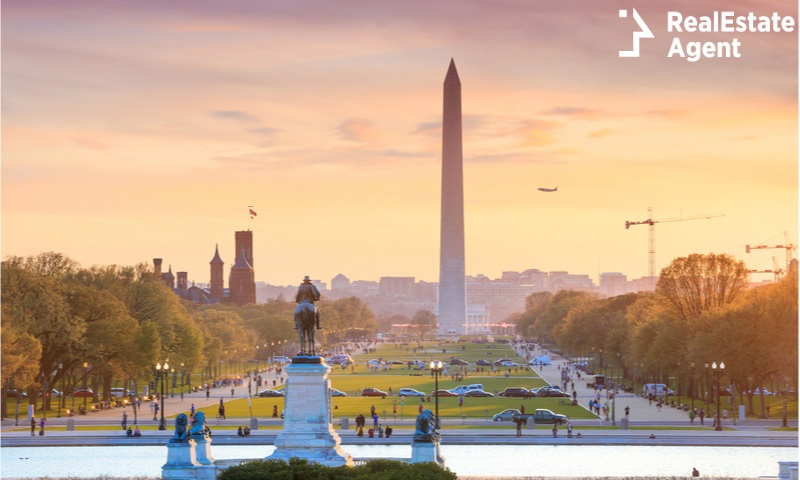






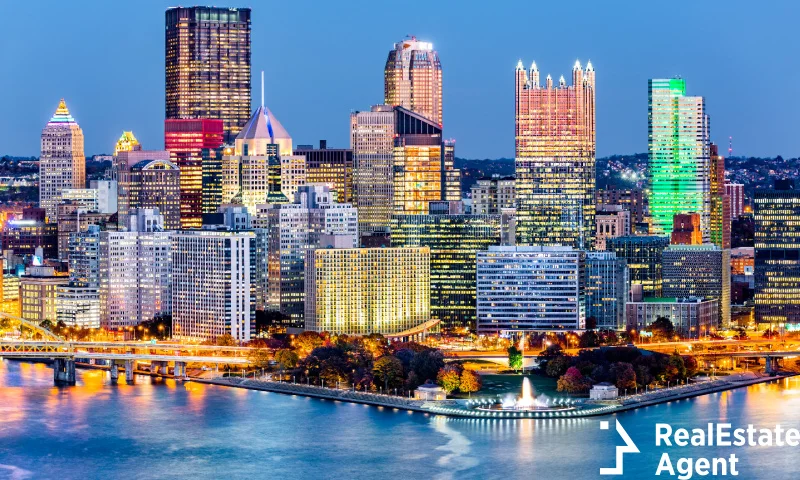
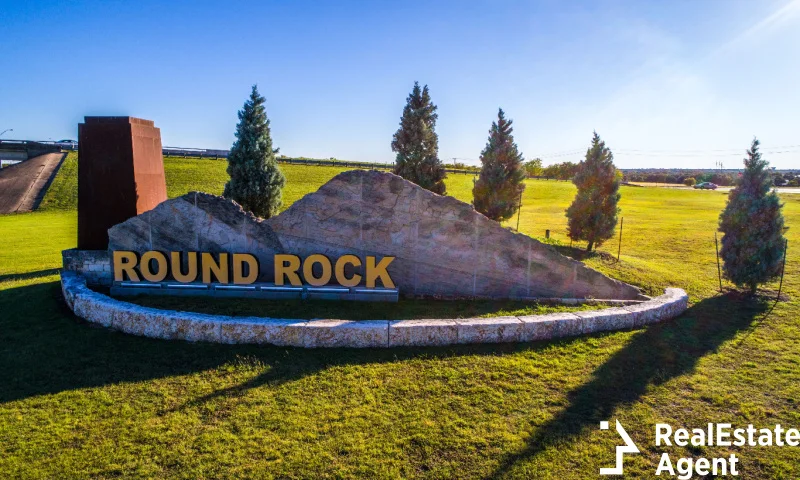
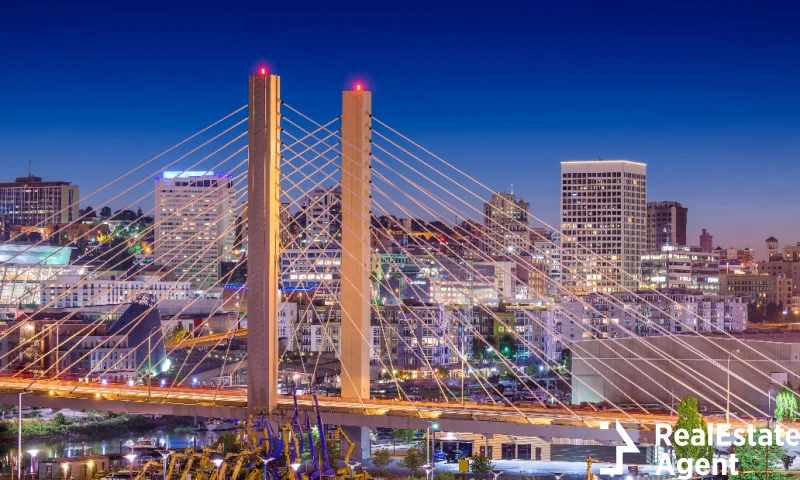
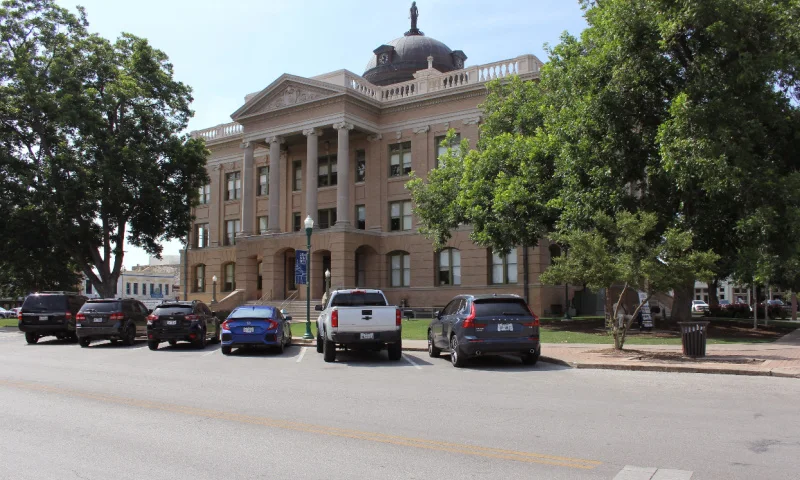

The USA is a very good place to earn money, and live a good life, and plan it very comfortably.